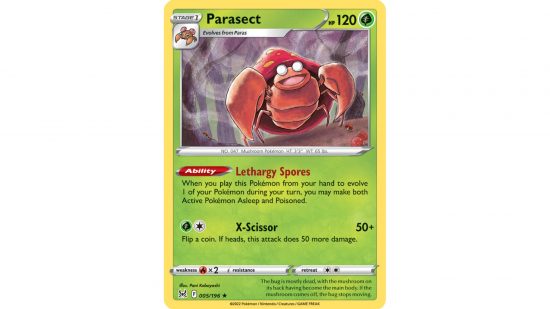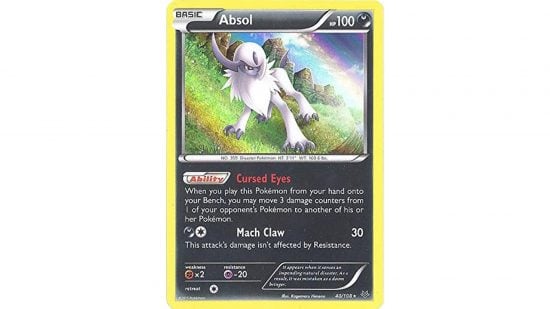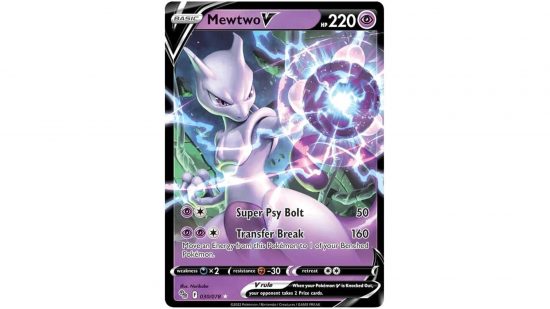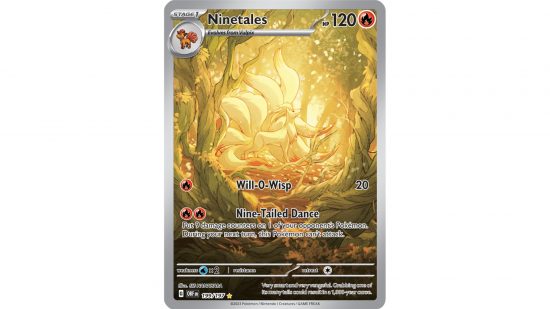When you’re opening packs of Pokémon cards, it’s important to understand Pokémon card rarity. Otherwise how will you know whether to throw your card in the back of a cupboard and forget about it or squeal like an over-caffeinated Youtuber? More importantly, for most Pokémon TCG fans, if you don’t understand Pokémon rarity, how will you know what you have and how much your cards are likely to be worth?
True, sometimes it’s the most powerful Pokémon cards from the best Pokémon decks that fetch the highest prices, and a prominent place in competitive play is only likely to do good things for a Pokémon card’s overall value. But it’s sheer rarity that makes the most expensive Pokémon cards so costly – and it’s something you’ll want to understand when cracking packs.
Unfortunately, getting a full picture of Pokémon rarity isn’t that easy. While only four rarity symbols exist, The Pokémon Company likes to invent new rare Pokémon card types and then discard them as soon as the next hot thing comes along. Here, we’ll cover the main types of Pokémon card rarity, and then go into detail on the more special, and scarce, Pokémon cards, and how to spot rare Pokémon cards.
Pokémon rarity symbols
These symbols are the best way to determine a Pokémon card’s rarity, as almost every card has one. You can find the rarity symbol at the bottom of each card, either in the bottom left or bottom right corner.
Of these four Pokémon rarity types, Promo stands out from the crowd because it’s a card rarity not found in Pokémon TCG booster packs. These are cards that are made to be given out at special events, as rewards for competitive players, or just bundled with particular products.
They don’t quite fit into the usual rarity ranking system, because a promos scarcity will depend on how it was given out, and how many copies were distributed. Some are extremely rare, others are dime a dozen.
Rare Pokémon cards are also quite complex, because there are a number of different types of Rare cards, each one a little more valuable and scarce than a regular Rare. Let’s go over these now.
Holo Rare Pokémon cards
There are two types of Holo Pokémon cards. There’s what’s known as a Reverse Holo, where everything on the card except the art is shiny, and a regular Holo, where the art itself is shiny. You’re guaranteed to find a Reverse Holo in every pack, so these don’t tend to increase a card’s value or rarity that much. But if you have a rare card with shiny artwork, that’s a Holo Rare, and it’s a fair bit rarer than a regular card.
Ultra Rare Pokémon cards
One step up from the Holo Rare is the Ultra Rare Pokémon card. These are hard to distinguish from Holo Rares because they will also be shiny all over. Ultra Rares often feature art that covers a card, or some other unusual art treatment. They’re often cards featuring a unique mechanic, such as the Tag Team cards, VMAX cards, Pokémon ex and so on.
While Ultra Rare Pokémon cards have the same rarity symbol as regular Rares (and will be found in the Rare slot in a booster pack) it’s worth noting that the symbol will often be white, rather than the regular black.
Secret Rare Pokémon cards
The rarest type of Pokémon card is the Secret Rare. These are often (but not always) special versions of existing cards from the same set with brand new (typically gorgeous) art. They can be identified, not by their symbol, which is again the plain old Rare star, but by their collector number.
That’s because Secret Rares have a collector number higher than the ‘official’ size of the set listed. So for example, Obsidian Flames has 197 cards, but an additional 29 Secret Rares are available with collector numbers ranging from 198 to 227. These are the most difficult to find Pokémon cards, and you should expect to open one in every 35-50 packs.
That’s all you need to know about Pokémon card rarities. Hopefully you’ll bear it in mind when opening the latest Pokémon TCG expansion or splashing out for a Pokémon booster box. Remember that if a rare card you’re being sold seems a little too good to be true, it probably is. Check out our guide on how to identify fake Pokémon cards so you can’t get caught out.
Source: Wargamer










